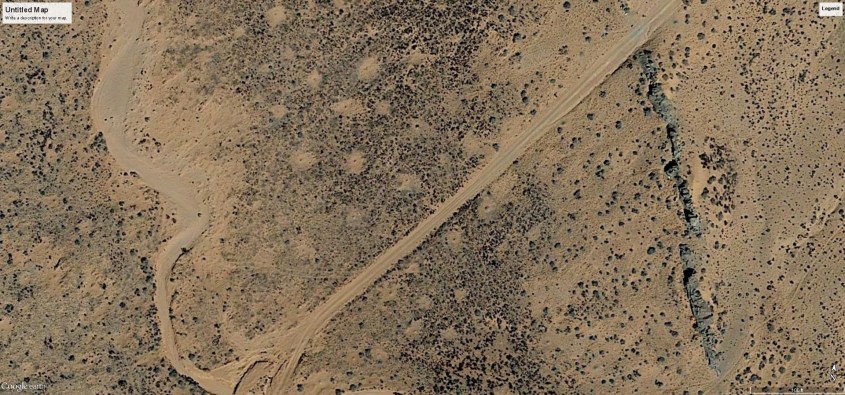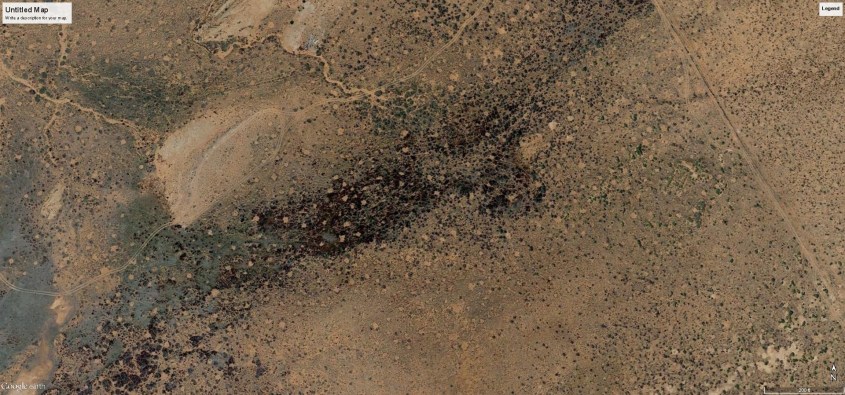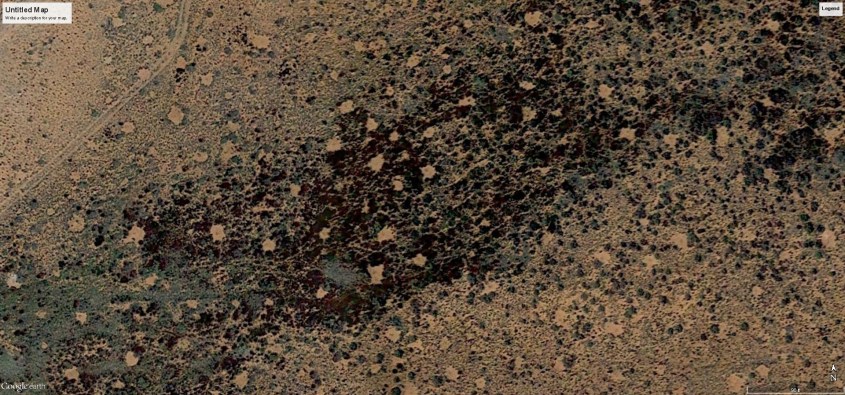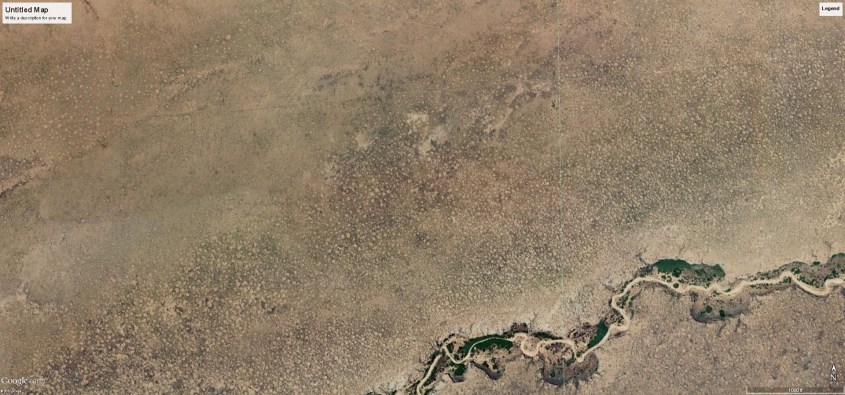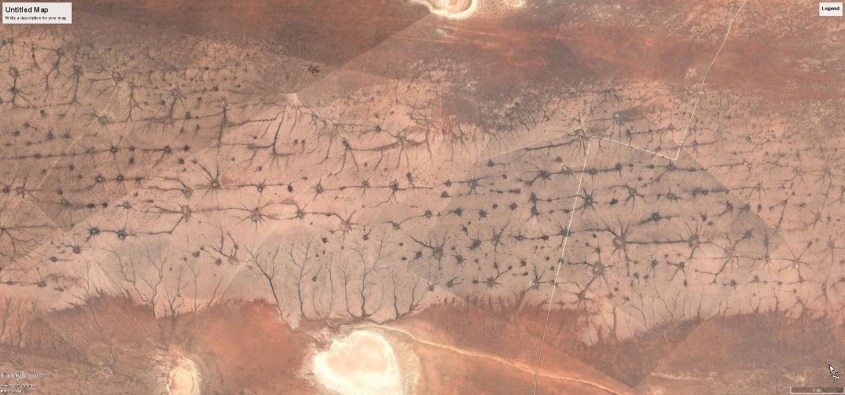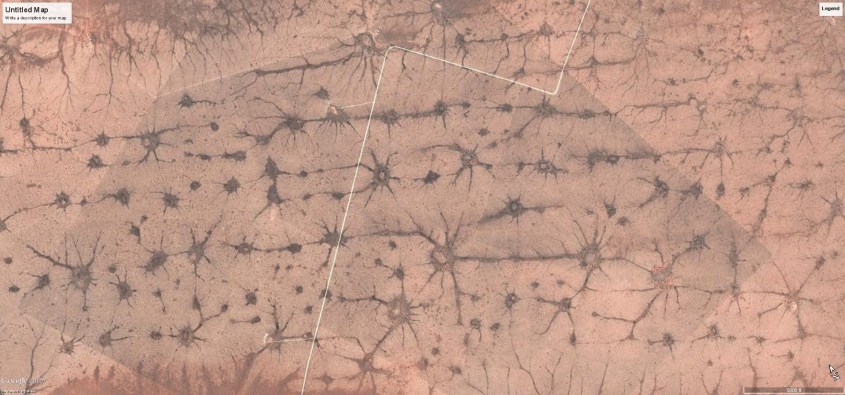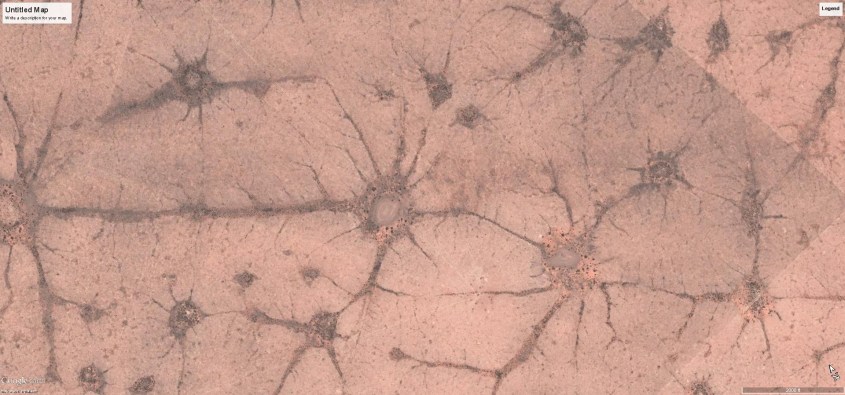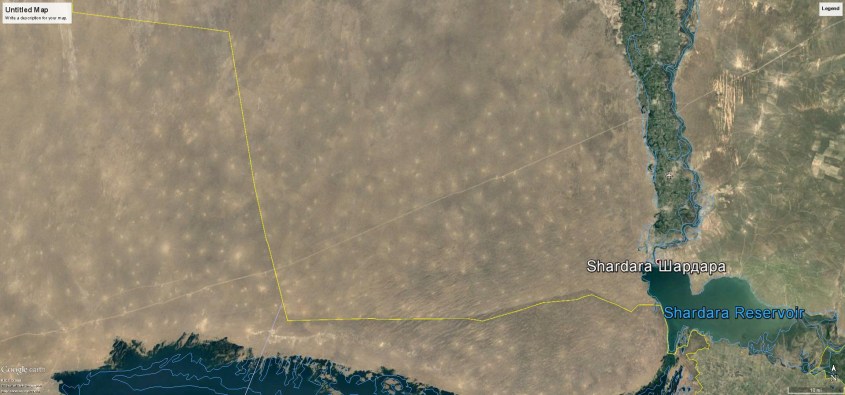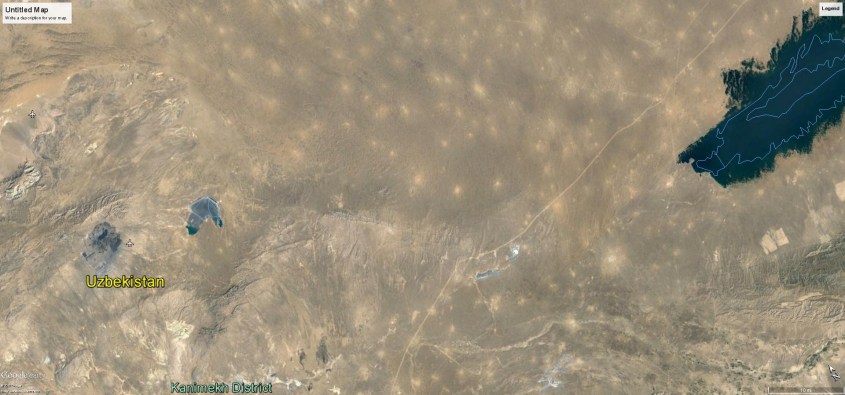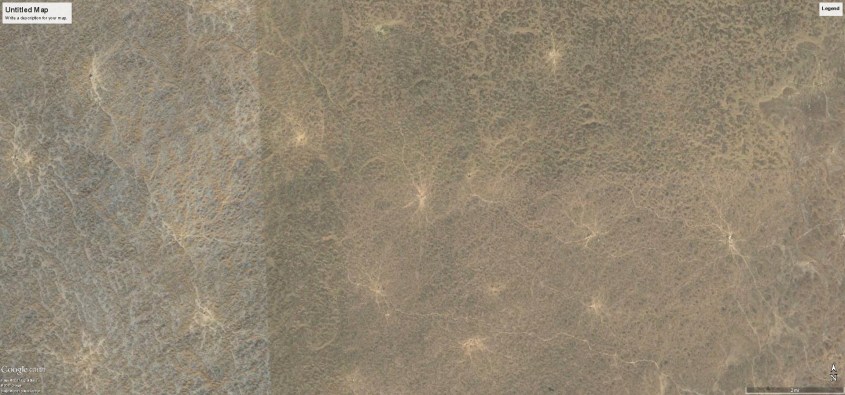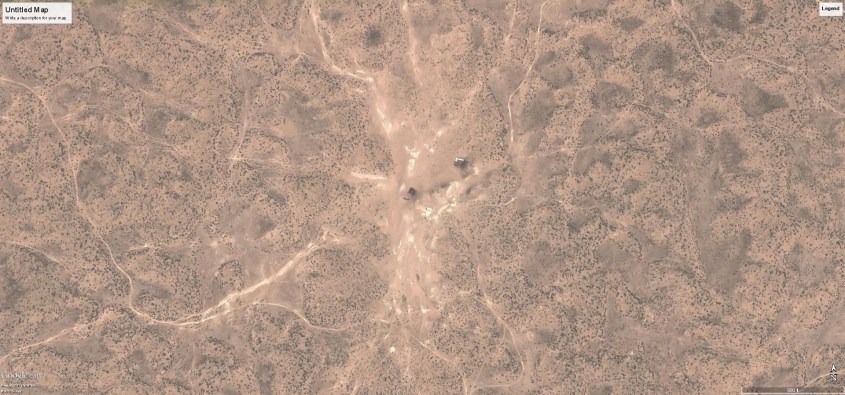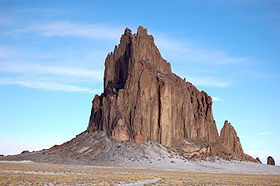An article I read this morning made my fingers reach for the keyboard. It’s posted on the Independent, titled “Scientists Discover 280-Million-Year-Old Fossil Forest in Antarctica.” It is a good illustration of how science works to bury critical thinking and reinforce it’s rigid belief system.
The article claims a discovery of 280 million year old tree fossils in Antarctica. It’s not much of a discovery. Fossils of trees were discovered over a century ago by the earliest explorers of the continent. These modern scientists just found a new batch. It’s not that newsworthy, but there is is a mystery behind it, which makes it intriguing and a good subject for a fluffy science article.
There is no good explanation why forests grew in Antarctica in that time-frame, because according to ‘accepted theory’ of plate tectonics and continental movement, Antarctica was still the at the South Pole 280 million years ago.
The mystery is, how could forests grow where there is six months of near total darkness? The Antarctic gets just one day and one night a year.
Never mind the cold and ice – that can be explained away – can’t you guess? By none other than CO2 induced global warming! But the dark can’t be explained by dinosaur flatulence.
So, these scientists claim the trees had to survive half the year in darkness, and so went into some kind of arboreal hibernation. In the words of the lead scientist, “These trees could turn their growing cycles on and off like a light switch.”
This is a determination made from a fossil impression in rock. It’s conjecture, although it sounds perfectly plausible, based on belief in prior science that says the solar system looked essentially the same as it does today, and that Earth’s attitude in orbit was the same, and Antarctica was at the south pole.
These are all assumptions. Scientists base new assumptions on old assumptions with such confidence, they don’t even consider other alternatives. Since I don’t have any confidence in their foundational assumptions about the solar system, I don’t think this is very satisfactory.
Let’s just throw out prior scientific assumptions, and start fresh and see where it leads.
First, there is an assumption these fossils are of leaves that needed sunlight. There is no way to prove what fossil leaves survived on by looking at an impression in rock. What if these ancient trees lived on something else?
Maybe they lived on Dark Energy, soaking it from the cosmos, and perhaps, even expelling Dark Matter, like modern leaves expel oxygen. Now this is a hypothetical that could lead to some real answers for cosmologists, since they are desperate for a source for the dark stuff. Isn’t this biological hypothesis founded on a cosmological hypothesis as circularly valid as assuming trees turned themselves on-and-off because Earth’s orbit never changed?
Unfortunately, we don’t know of any trees anywhere that live on Dark Energy. We don’t know they don’t exist, but since we don’t know that Dark Energy exists either, we just can’t say. If fossils in Antarctica are the only data point to vaguely imply the possibility, it really isn’t a good hypothesis.
Let’s proceed in agreement with the researchers that these fossils are like trees today, and work with sunlight and CO2 instead of dark energy and dark matter. Could it be possible that the forests grew in normal sunlight? That would mean, somehow, that Antarctica wasn’t at the south pole.
This is an interesting possibility. It flies in the face of all the assumptions I don’t like, because I don’t see one shred of evidence the Solar System hasn’t changed. All the evidence suggest something weird was going on not that long ago.
Look at Venus, Jupiter and Saturn. They are all in absolute turmoil, storming and spewing electromagnetic energy. If the solar system hadn’t changed since the “late bombardment”, 2 billion years ago, all the planets should have quieted down into somnolence by now – like Pluto – their internal heat dissipated to cold dark space.
So are tree fossils evidence of a different polar alignment in the past? Possibly, but there are other possibilities, too. It’s possible Antarctica moved, or that crustal displacement took place, shifting the skin of the planet. If Albert Einstein took the possibility of crustal displacement seriously, and it is recorded that he did, shouldn’t we too?
You see what I mean. There are many possibilities.
It’s also possible Earth was once a satellite of a brown dwarf, orbiting inside a plasma envelope of a warm glowing Kronos, as recorded in myths of the golden age that preceded a great cataclysm. That environment would allow forests to grow at the poles in year around light, as well as the equator, all areas of Earth receiving the soft glow of a plasma sky.
This is my personal favorite, of course. It’s the primary theory in the Electric Universe community on Earth’s pre-catastrophic origins. It explains forests in Antarctica, as well as many other mysteries about our planet. In fact, if one looks at all the work by EU theorists, there is a whole body of evidence to support the theory.
There are many points of evidence for crustal displacement, too. Truly, none of us were around to see what was going on when trees grew in Antarctica, and that is really my only point. A priori acceptance of unproven theories to constrain new theories is bad science. That is how a house of cards is built.
As a Natural Scientist, I try to avoid prior assumptions. They play a part in providing context, but they can’t be used as foundational fact. What is needed is a physical model based on verifiable classical physics. The model I use is electricity.
If I can conceive of an electrical circuit that can produce the fossils of Antarctic forests, then I can can conceive of an explanation that is plausible. It doesn’t mean it’s true, but it’s physically plausible. And when I do this, everything seems to fall into place. Corroborating evidence emerges to either modify, or confirm the concept, until it becomes not only plausible, but likely.
If an electrical model can be applied to explain everything from cosmic filaments, galaxies and stars, to tree fossils in Antarctica, climate, and ancient mythology, what results is holistically cross-verified theory tied directly to conventional, applied physics, which is reproducible and verifiable. That’s the beauty of the Electric Universe.
Incremental, reductionist, uniformitarian, consensus science is a house of cards because its foundation is loaded with bad assumptions that are taken for granted to be true. The scientists in this research have made a perfectly rational conjecture that the forests knew how to hibernate, because Antarctica was at the South pole and only receives six months of light. Trees already do this to an extent as they loose leaves in winter. Nothing far fetched about it.
The problem is the assumption that the solar system was the same 280 million years ago, or whenever it was these trees grew, and that it was even necessary for the tree to hibernate in the first place. The planetary scientists are changing their story every week, as new evidence from space crushes their theories about the solar system one after another.
There are multiple theories on why Earth is still as hot as it is. What we don’t know about the other planets dwarfs the meager knowledge we have. We do not even understand comets, or asteroids. There is no reason to have confidence in the consensus solar model, yet terrestrial science does this without blinking an eye.
These scientists are basing their work on a crumbling paradigm, a house of cards already trembling. And yet they tout this unverifiable conjecture as a “discovery”. The science journalists and other science guys and gals, including teachers, will now quote this as fact, never questioning that there might be another answer. It’s a shame, because it gives false confidence in what we think we know, and limits everyone’s curiosity about things that we are a long way from understanding.

Quick Tip
Please help support The Daily Plasma.
$2.00




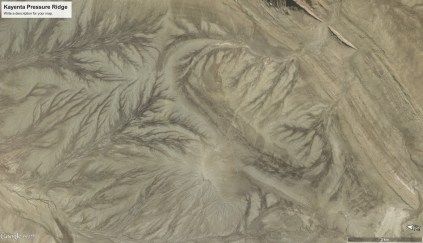

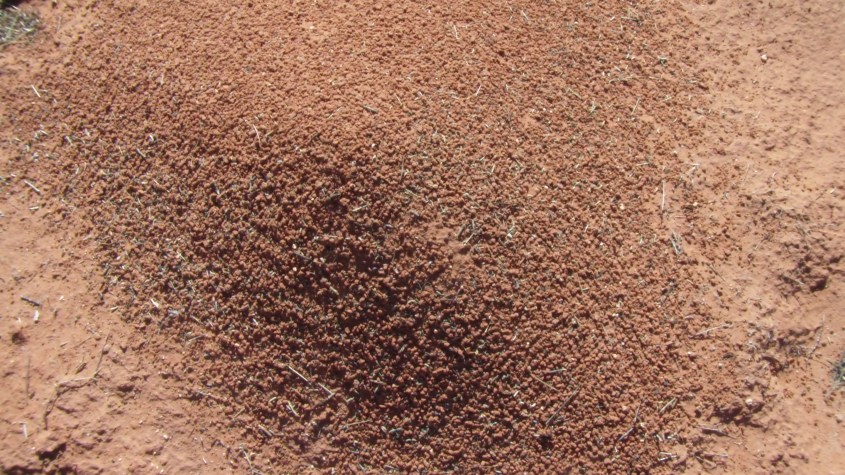
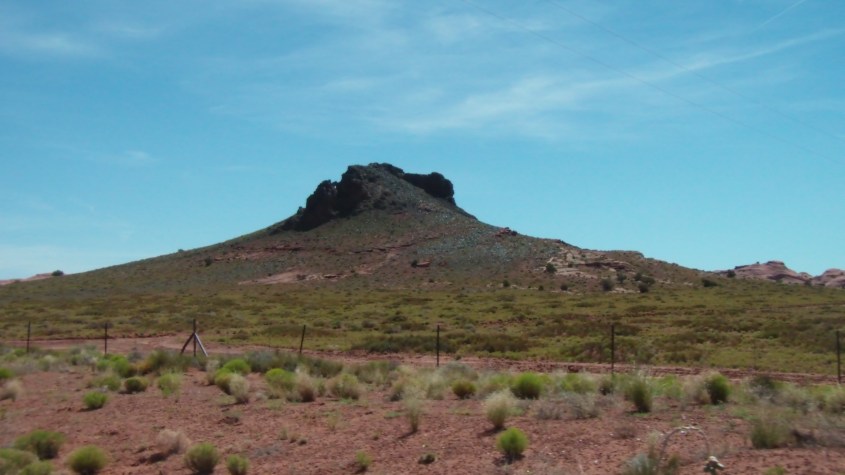
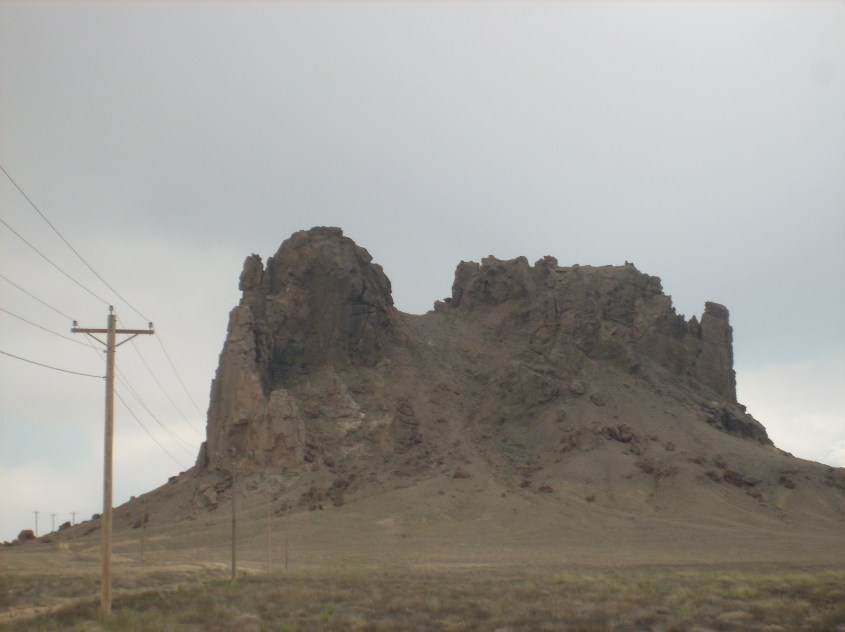
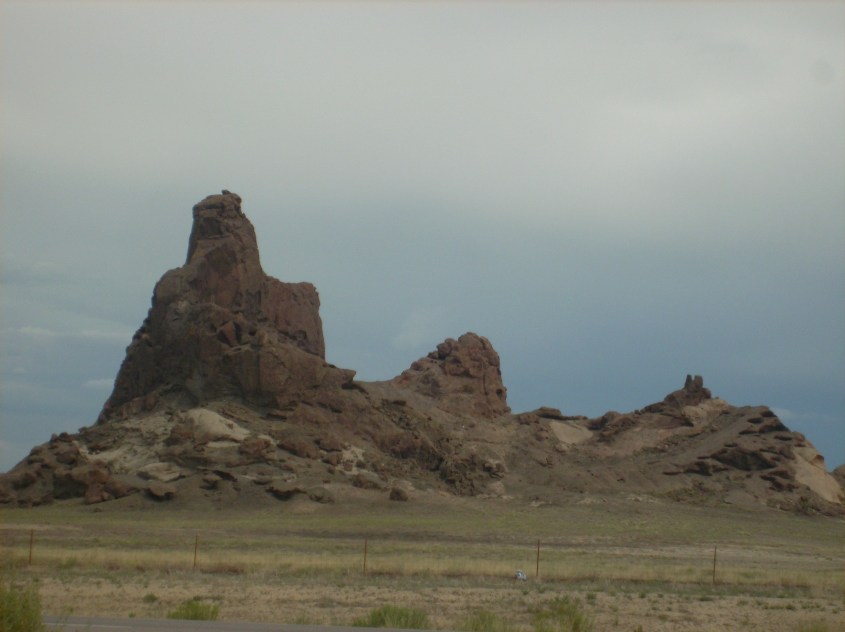


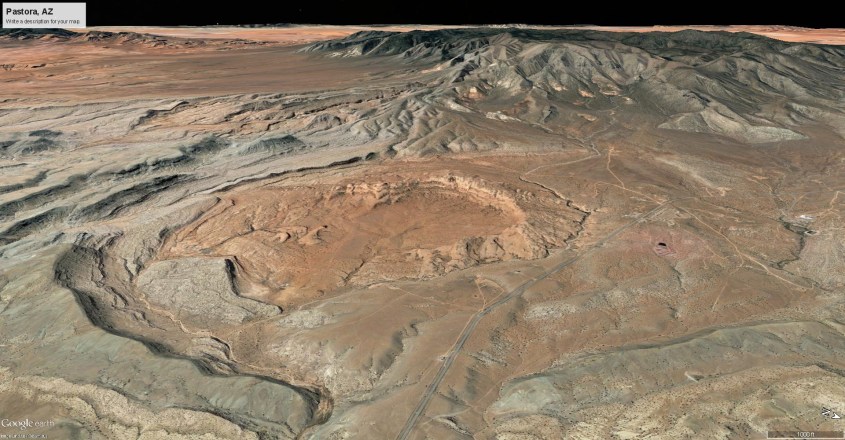

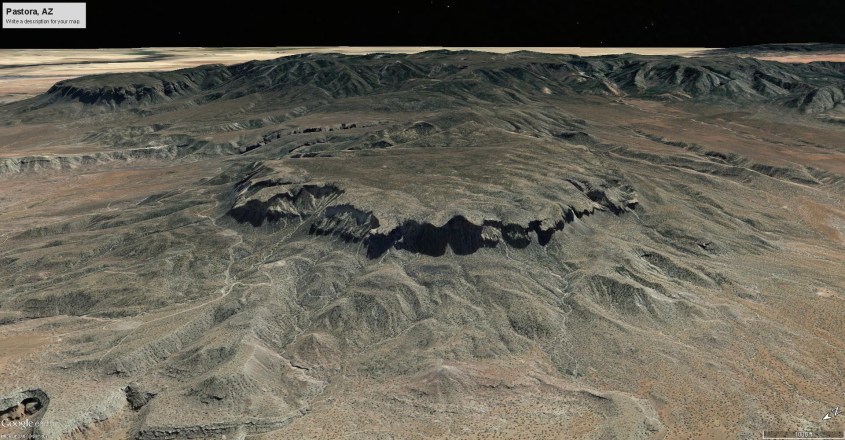
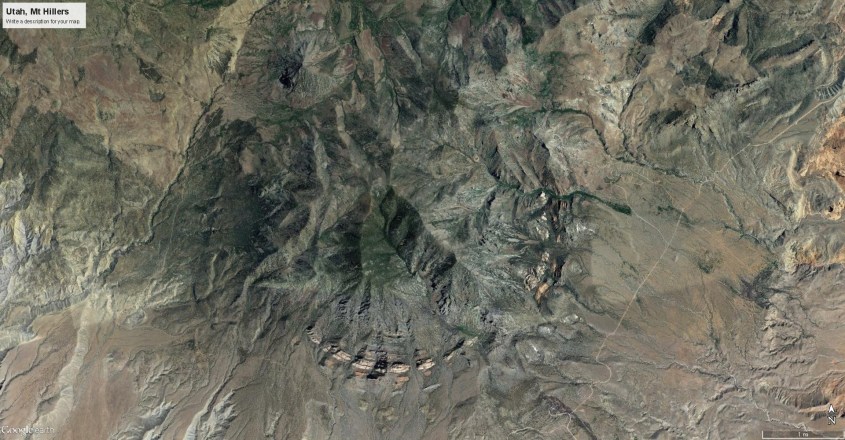

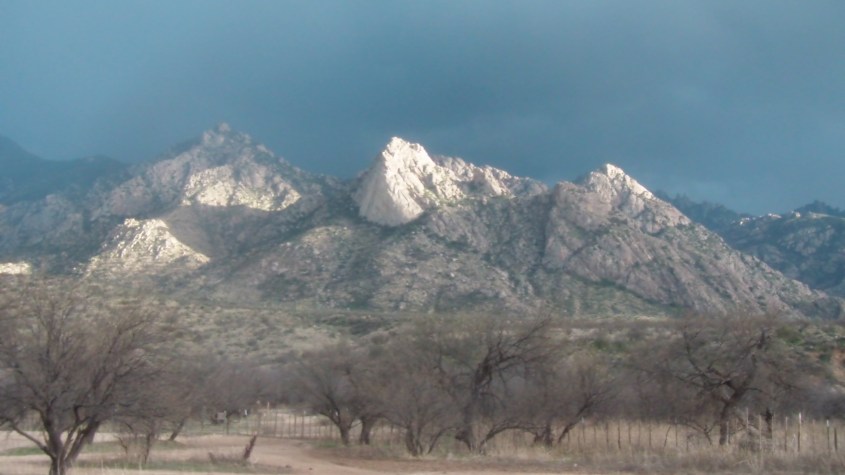
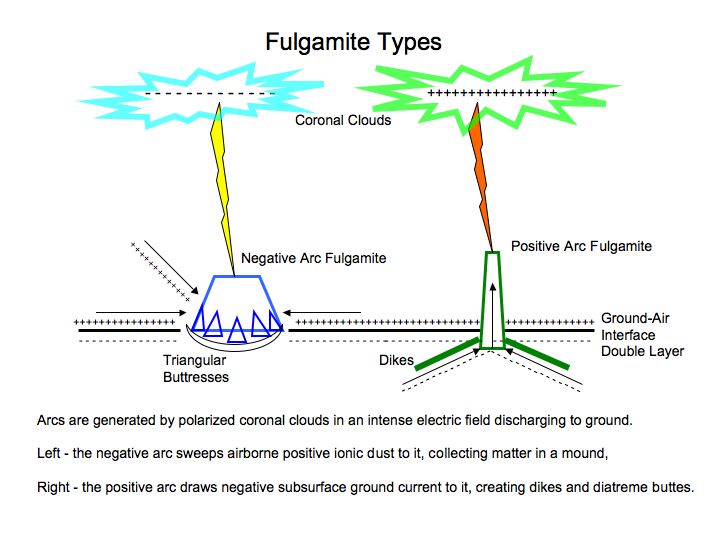
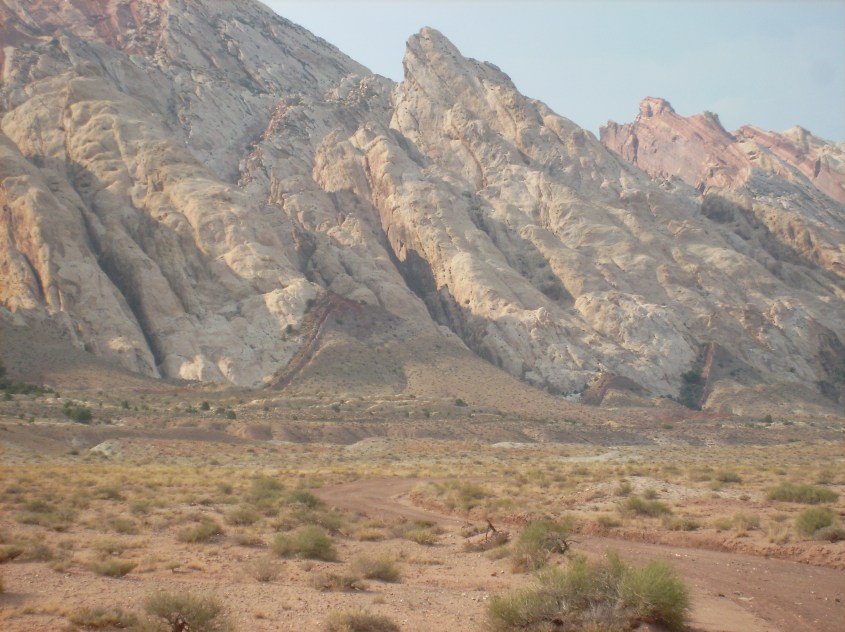
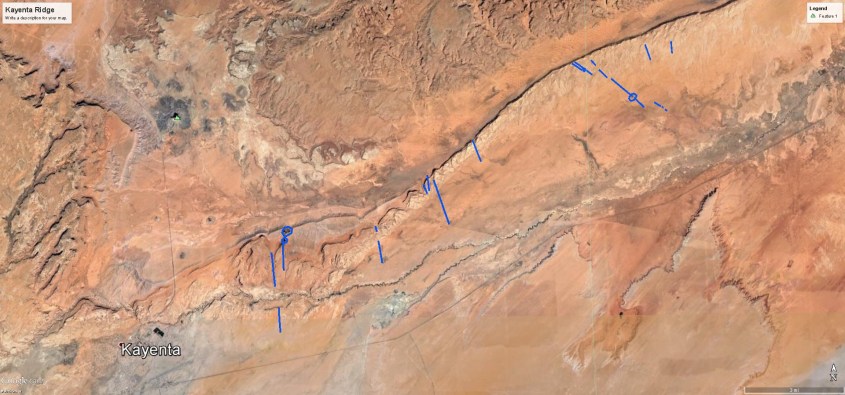
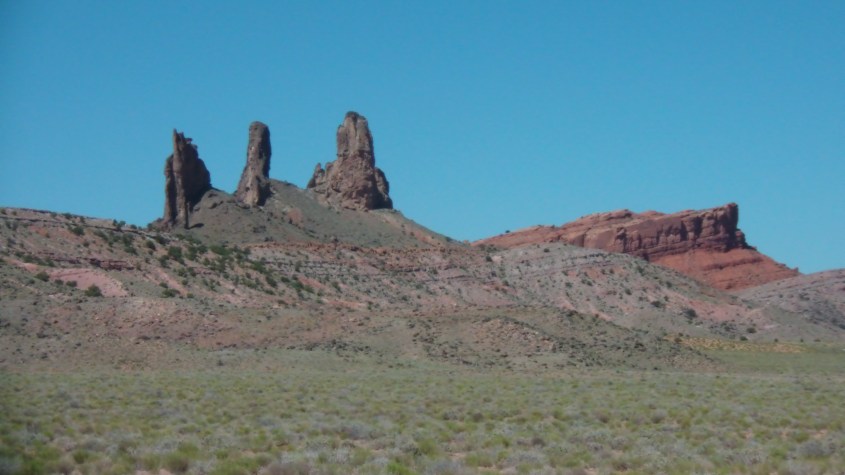

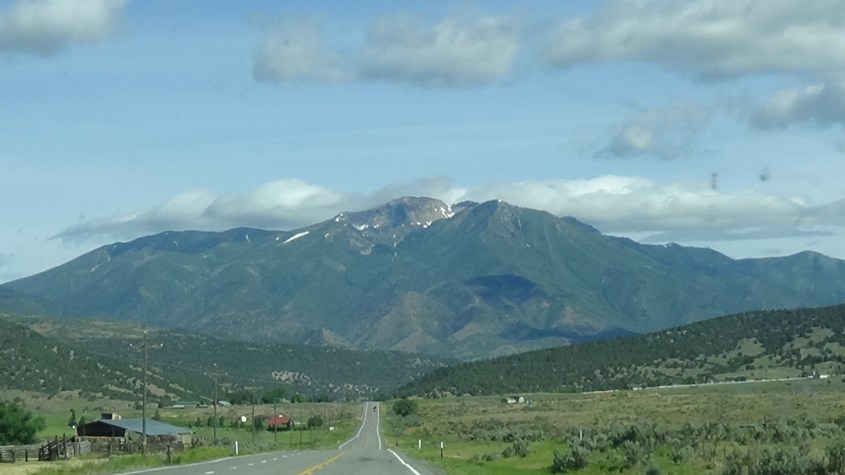
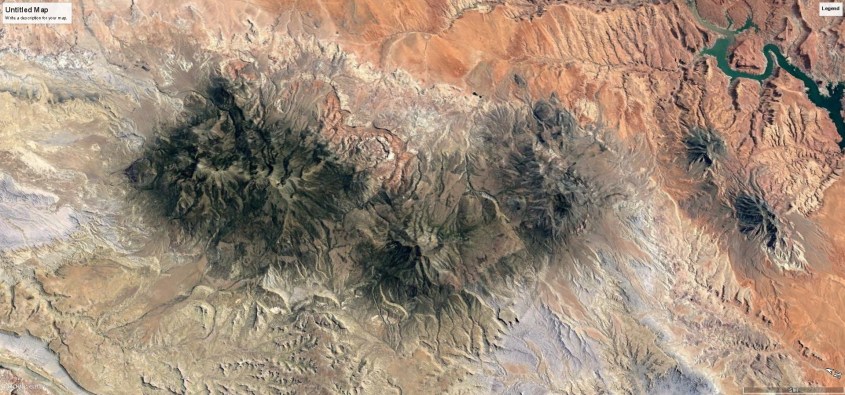
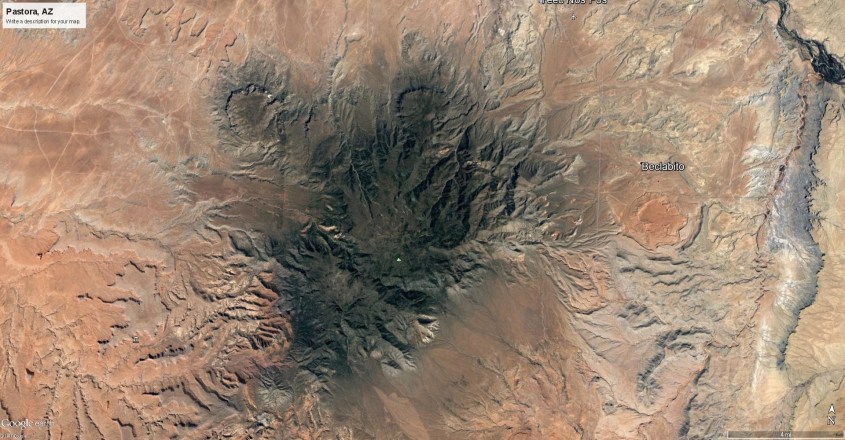
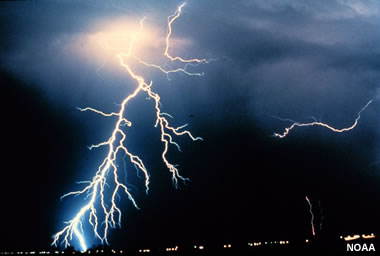
 The ground is one plate of the capacitor where positive charge collects. As negative charge builds in the cloud, it is repulsed from the ground below, and positive ions are drawn in.
The ground is one plate of the capacitor where positive charge collects. As negative charge builds in the cloud, it is repulsed from the ground below, and positive ions are drawn in.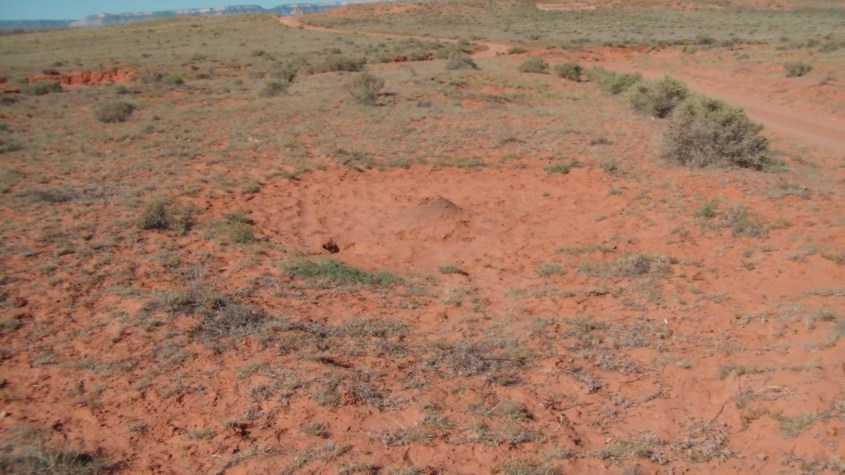

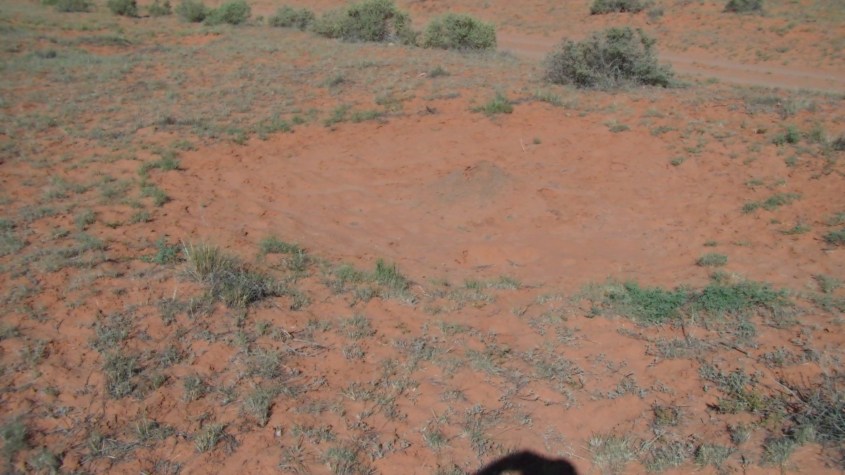
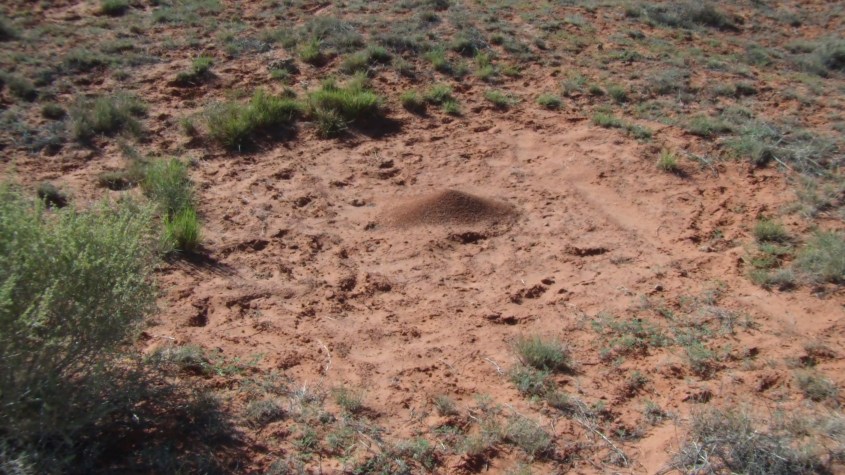

 The desert in this region of Northern Arizona is carpeted with lightning strikes that left crater and mound features like these. The land is on the Colorado Plateau, just south of Monument Valley. They form what some call fairy rings when seen from the air.
The desert in this region of Northern Arizona is carpeted with lightning strikes that left crater and mound features like these. The land is on the Colorado Plateau, just south of Monument Valley. They form what some call fairy rings when seen from the air.
